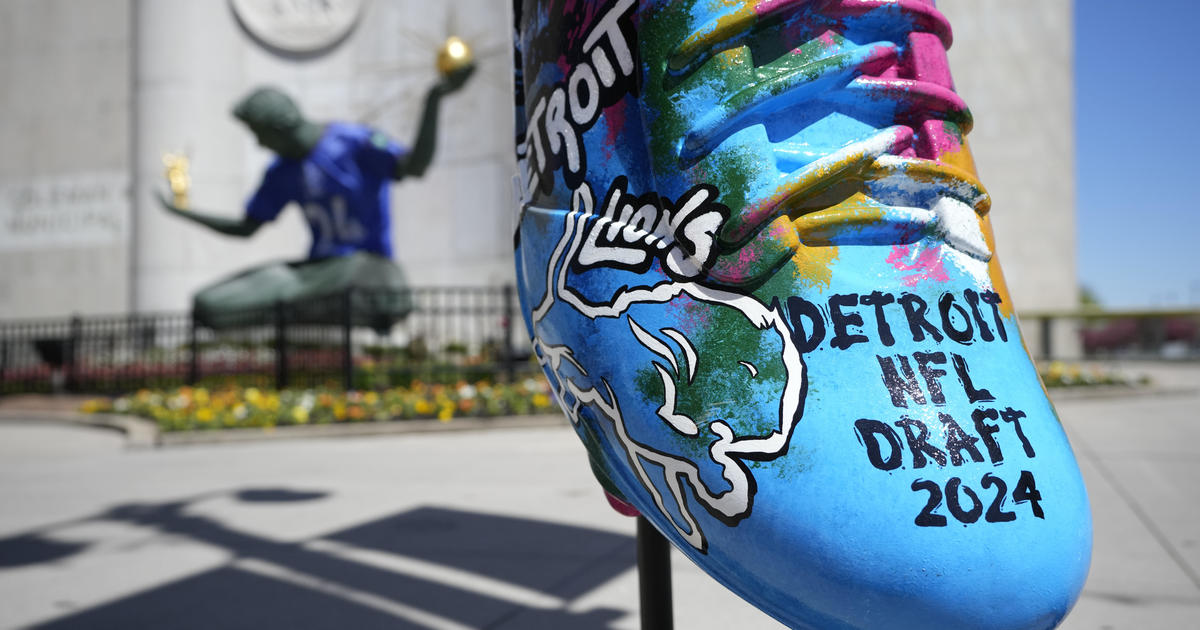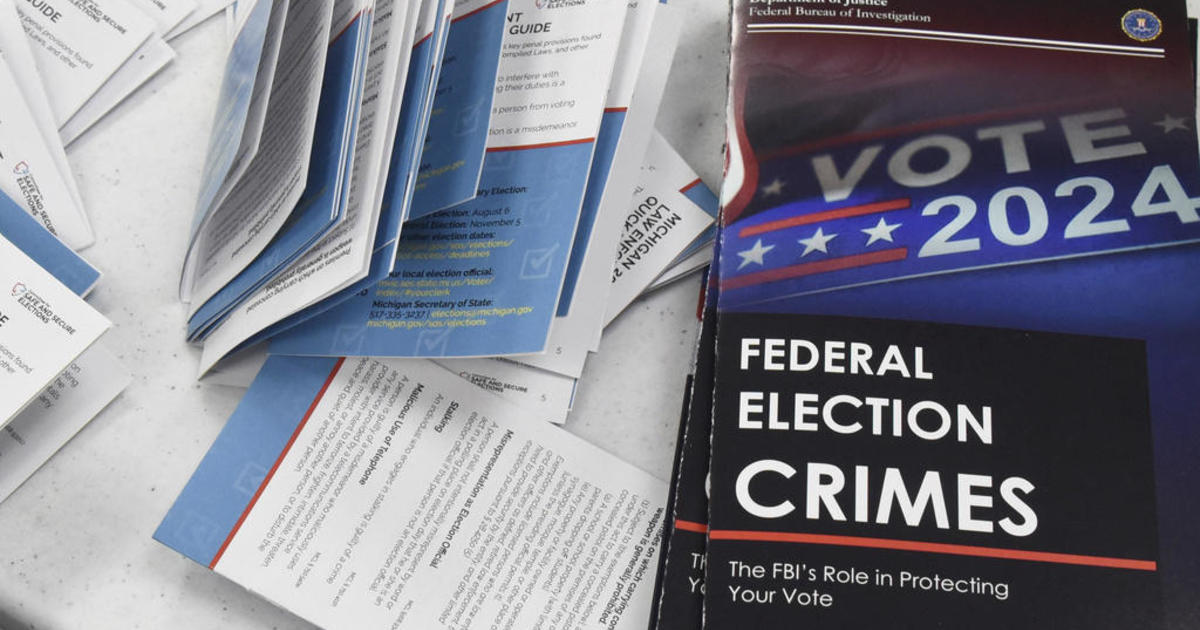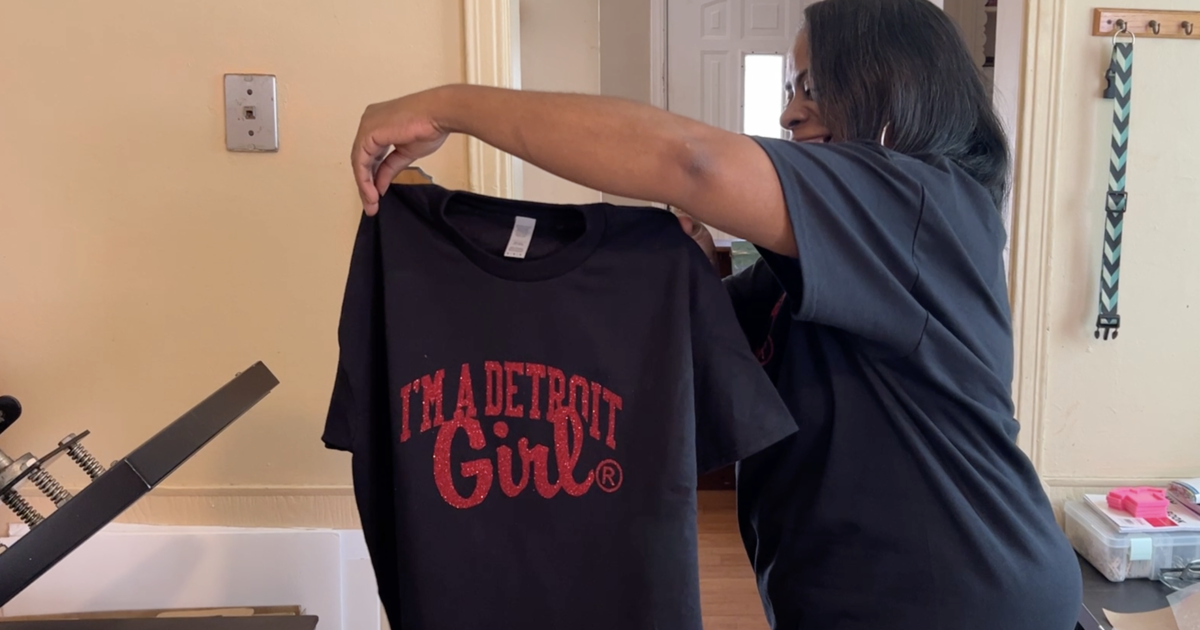I Tried It: Failing To Get An Elusive Hole-In-One
By John Marshall, AP Sports Writer
PHOENIX (AP) - The dimpled ball soared in a parabolic arc, landing 10 feet behind and a little right of the flagstick. Immense spin created by crisp contact pulled the ball back on the firm, tightly-mown grass, slope turning the ball toward the cup.
This was it. After more than 160 swings over three rounds, we were finally going to witness a hole-in-one.
Instead, the ball trickled to a stop six inches to the right. Great shot, just not an ace.
"Think about all the rounds of golf you've played and how many hole-in-ones you've had," said Matthew Phillips, GM and head pro at Palm Valley Golf Club. "It's not an easy thing to do."
That's for sure.
According to the National Hole-in-One Registry, an average golfer has a 12,000-to-1 chance at an ace. Low-handicap players it's a 5,000-to-1 shot, tour players 3,000 to 1.
But it's not just the odds that make aces among sport's most magical moments.
Unlike rolling 300 in bowling or tossing a no-hitter in baseball, a hole-in-one is possible for anyone, with a little skill and lots of luck; 3-year-olds are in the aces club, so are centenarian grandmothers.
My buddy Jeff Locke and I were already members — twice for me, once for him — so we figured we could at least scare the hole if not knock one in, given enough cracks at it.
We tried stacking the odds, playing Palm Valley's 4,745-yard Lakes Course because it has 10 par 3s instead of the standard four. Arizona also has the third-most aces in the United States, matching Michigan with 5 percent, so we were in a good place to do it.
The quest nearly ended right after it started. Hitting first, Locke pured a wedge on the opening par 3 — the 118-yard third hole — sending it on a direct line toward the flag.
"How about a walk-off on the first shot?" I said as the ball floated toward the flagstick.
Nope. It landed 18 feet away to set up a good birdie chance, but no ace.
"We've got this," I said as we walked back to the cart.
Foolish thinking.
The next three-plus hours were spent hitting balls toward flagsticks between 109 and 182 yards away, none really having any chance of going in. Our best shot after 15 holes and 60 shots — we played the back 9 twice — was 5 feet, by Locke on our second chance at No. 15.
We originally planned to play one round, hopefully get our ace and be done with it. Disgusted with our performance, we wanted another shot.
"Maybe I'll get a ringer for the next round," said Locke, who works for golf marketing firm Communication Links.
He did, adding aspiring tour player Kyle Maze and Dale Moseke of OB Sports Golf Management for our next round.
Maze, who works at Papago Golf Course in Phoenix, had a fluid, effortless swing, the exact opposite of my Tin Man-lurching-at-the-ball move.
He hit a couple of solid shots the first two par 3s, then stepped up to the 173-yard sixth hole.
"The 7-iron is my favorite club," Maze said as he took a couple practice swings with it. "I had both of my hole-in-ones with a 7."
It makes sense. Of all aces, 7-irons match 8-irons in producing the most, accounting for 14 percent each.
Maze gave himself a chance at it, too, drawing a shot right at the flag.
Perfectly on line, it hit six inches from the hole and ... kicked left. The ball stays straight, maybe it goes in. Instead, he had a 12-foot birdie putt — another good shot, no ace.
Maze and Moseke had to leave after nine holes, and Locke and I somehow got worse on the back nine; our closest shot was eight feet, again on No. 17.
"Well, that was pathetic," I said to Locke, who nodded his head in agreement. "Guess we'll have to do this one more time."
For the final round, we enlisted another ringer, Aaron Ramos, a junior at Desert Edge High School who won the 2015 Division II state championship.
Locke and I hit some good shots — seven inside 10 feet — before being joined by Ramos and Junior Golf Association of Arizona executive director Scott McNevin for a second 18.
After some quality shots on the front nine, Ramos stepped to the 10th tee with pitching wedge in hand.
With a fluid motion, he sent a shot that appeared to be too far right. Once it hit the green, spin pulled the ball back as if it were on a string anchored inside the cup. We watched with hope as the ball took the slope toward the cup, only to grimace as it stopped just to the right.
"I think that was the one," I said.
It was. We really didn't come close after that.
One hundred-seventy four swings between a golf professional, a top junior player, three people who work in the golf industry and one hacking sports writer, and no hole-in-one.
According to the odds, that's precisely what should have happened.
Copyright 2016 The Associated Press. All rights reserved. This material may not be published, broadcast, rewritten or redistributed.



